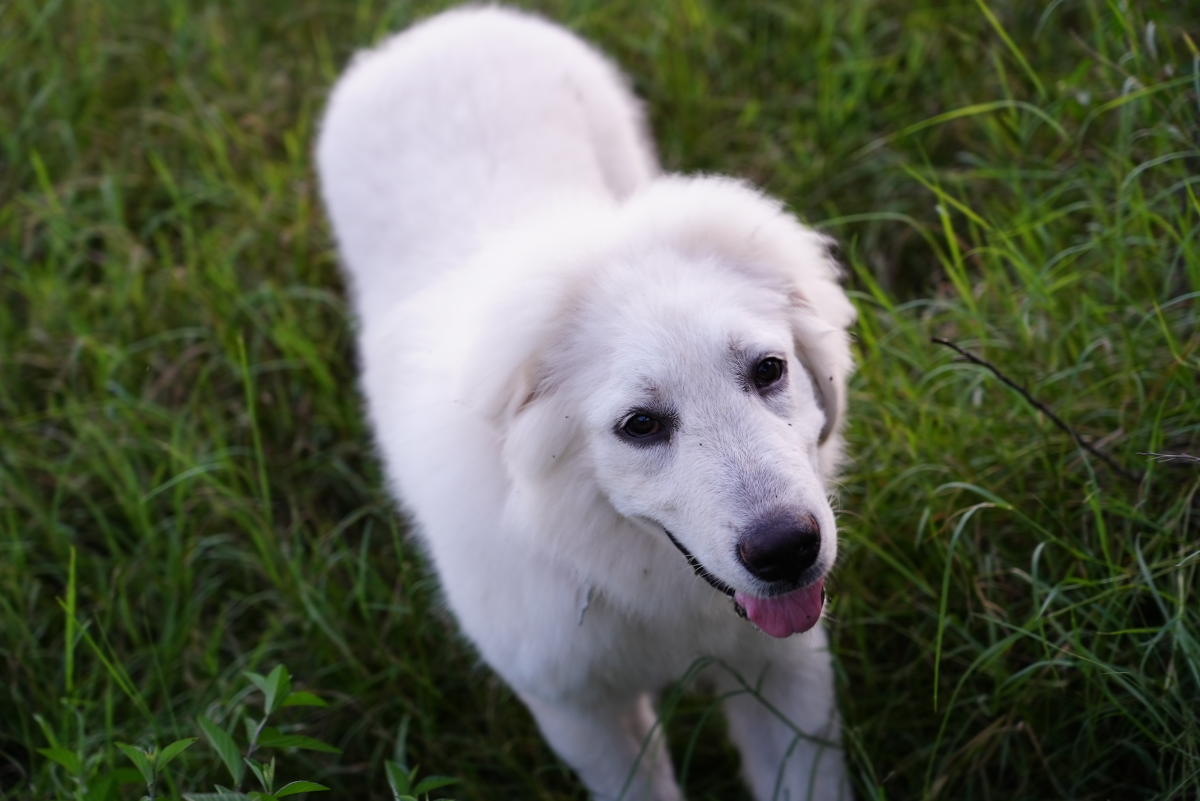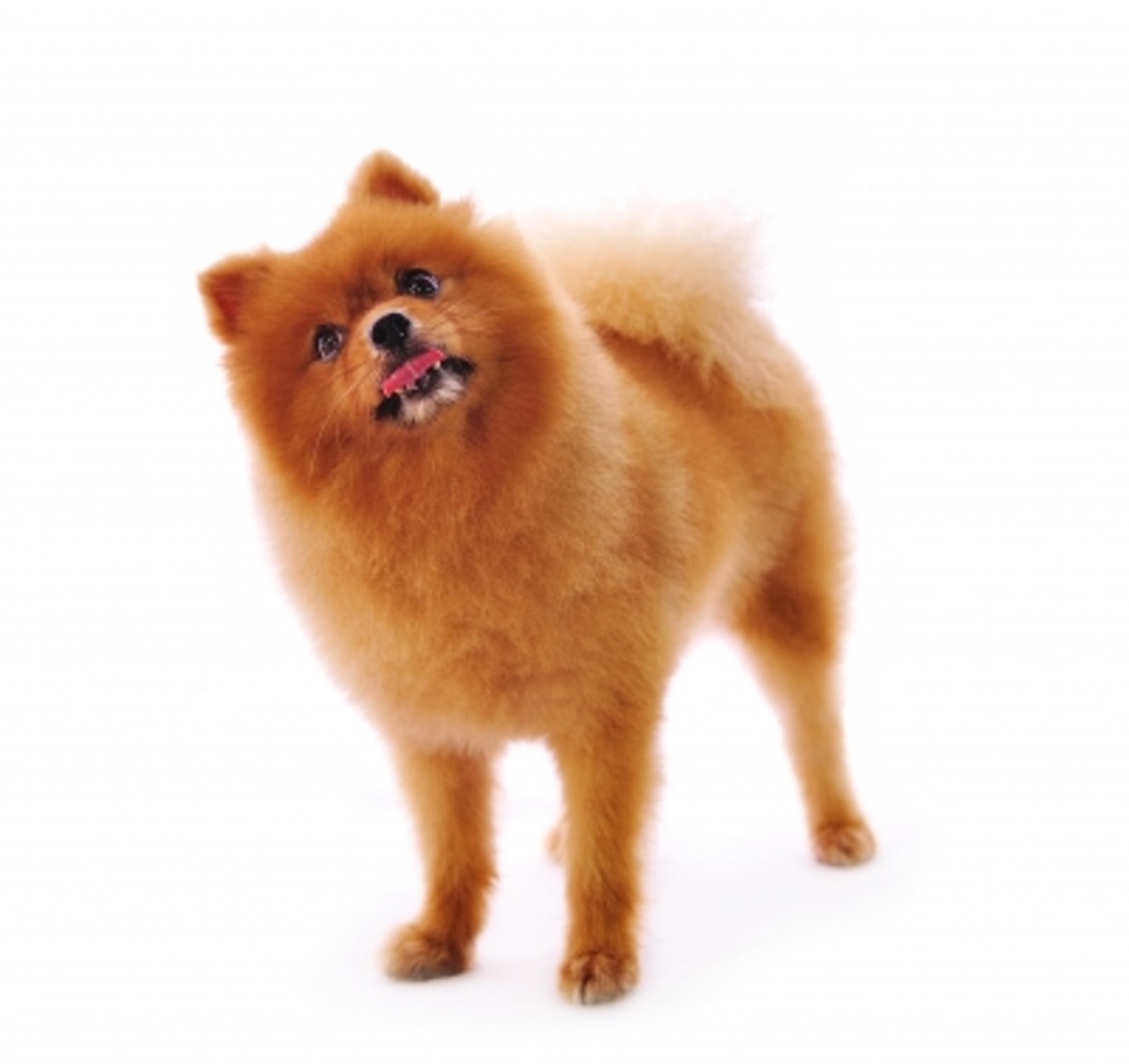The Vegan vs. Omnivore Debate Part 2
Factory Farming and Livestock Farming in General
"Factory farming" is really something that doesn't exist. It is merely a term coined by Animal Rights groups who oppose such massive operations because such farms resemble a factory, however vaguely it really does. "Factory farms" are really Confined Animal Feeding Operations or CAFOs, where dairy cattle, hogs, poultry, and feedlot-raised beef cattle are kept and raised for food.
Despite the technicalities in word usage between "factory farms" and CAFOs, they are a big issue and a main reason why many vegans have become what they have. Those of us who are involved in animal agriculture haven't really helped matters either. We do not have the means like HSUS and PeTA do (mostly monetarily speaking) to get the general public on their side about animal welfare and husbandry. All most of us farm folk are concerned about is whether or not our livestock will be good enough to generate enough profits for us and if we can make it through to next year without many losses. Many farmers and ranchers are divided in how to raise their livestock; we farmers and ranchers have our own methods of crop/livestock production that differ from others, and most often we like to think we're better than the other guy down the road. It is this division in the ranks that many animal activists see. If we get together on issues like the "war" between us and PeTA and HSUS, we wouldn't be getting into such a stink hole like we are. That's what I mean by "not helping matters" in regards to "factory farms."
Thus, family farms that are on the brink of extinction (I'm not counting small hobby farms here, sorry to you small-time hobby farmers reading this) and corporate farms taking over doesn't help matters much either.
The fact of the matter is, it really isn't the farmers' or ranchers' fault that things have gotten this way. There are much bigger driving forces that influence many people of how they think about raising cows, pigs and chickens, among other animals. How we have started raising livestock like we do now with the big corporate farms is mostly due to increased consumer demand and the pressure to supply that demand. Excessive grain supply has also helped fuel this fire. In turn, the pressure to supply more milk, and more meat, not to mention more fruits and vegetables, at a faster rate has resulted in the creation of mass-producing, "factory" farms. This has ultimately lead to negative consequences which I will describe later.
Many folks think that this excess supply of grain should be shipped over to the poorer countries instead of being fed to livestock, in essence to "take out the middle man," so to speak. The block that many don't see are government regulations when exporting goods to a more "needy" country. That government that controls the political and sociological aspects of that needy, third-world country will (and has) put blocks on whether grain from the States or Canada can be imported and if it can, who is entitled to receive it. The country that supplies the grain to that needy country does not have the power to decide whether that government of that needy country, should accept it or not. Free-trade does not exist for all countries. There are countries that would rather have nothing to do with the United States or Canada or other first-world countries that have an excess of grain, and do not accept any shipments of grain or produce to be fed to the poor. Period. And many people cannot seem to see past that.
The other part of that argument is "humans should be consuming corn, not cattle" or other livestock. I will mention this before and I may have to mention this again: the corn that we do eat cannot be digested as efficiently as cattle can. Cattle are grown and used on farms because they are able to consume ALL PARTS of the corn plant, as well as grasses, legumes and leaves that we humans will always turn our noses up at. We can only eat a small fraction of the corn plant, and that is only during a certain time of year, when the kernels are at their milk-dough to soft-dough stage. Cattle can eat all parts of the corn plant at any time of the year. I do agree that feeding the grain corn is not healthy for cattle, but isn't it also not healthy for us either? I would like to cover that now, but I will leave that for my next post on human versus true herbivore/ruminant digestive anatomy and health.
Much of the "cruelty" that is done on animals on farms are primarily done for the owner's, other animals', and that animal's own good in terms of health and safety. The exception is deprivation of food, water, and shelter. I will give you some examples:
Cattle are castrated so that they are not as promiscuous nor dangerous when they are grown up for the freezer. Bulls tend to fight a lot, and wreck fences when they sense a female in heat up to--and sometimes over--a mile away. Castrating when they are young (at less than 6 months of age) is much more stress-free and less painful for the animal than waiting until they are at or over a year old. Dehorning is painful to the animal, yes, if used without anesthetic but the benefits outweigh the costs: horns are very dangerous to other animals and to humans that have to work with these horned beasts. Getting gored by a horn is a much higher risk than getting a head-butt to the ribs; the first is more serious than the latter. (I'm talking about cattle here; sentiments about dehorning whether leaving the horns on are a different topic when it comes to sheep and goats.) I have seen a steer throttle another steer to death by simply pushing his horn against the other steer's trachea until it died. They can also pose a hazard to a horse and rider, more so to the horse. Some old cowboy somewhere may have a story or two of a cow horse having to be saved or put down because it got gored by an angry cow, bull, or old steer.
Artificial insemination is deemed as "rape" by many animal activists and animal rights groups, and is their excuse and reason that "dairy cows are kept continuously pregnant." Unfortunately these same people are typically blind to see the whys to AI usage in dairy operations. I would certainly like to see what they think after being around a dairy bull, particularly a Jersey. Dairy bulls are testosterone-hyped NASTY animals, and are much too dangerous to be used to breed dairy cows on a regular basis. They have been known to kill more people than beef bulls and beef and dairy cows alike, because of their intense, aggressive behavior. Dairy bulls are aggressive because they are a) not afraid of humans, b) often think they are human themselves, not a bovine, and c) as a result of indirectly selecting for milking ability and femininity in the cows, bulls are much more testosterone-hyped and aggressive than beef bulls can be. Thus, AI is a lot safer when breeding dairy cows than handling dairy bulls, by far.
As far as keeping a cow continuously pregnant using AI, this is farther from the truth. See, dairy cows cannot be bred as soon as they have given birth because it takes time for the uterus to involute or shrink back to normal size. This normally takes a month or two to occur. When the cow has come back into normal heat cycles, then she is ready to be bred. Thus, Artificial insemination is merely an alternative to natural insemination, not a means to make a cow "continuously pregnant."
Artificial insemination in farmed turkeys is a must because they are simply too big and meaty to breed each other. Human intervention is necessary if they want to expand or keep having a turkey breeding operation. AI in pigs is also necessary because of the aggressiveness between the sows and boars (particularly the boars) when mating occurs. Most breeding pigs in these pig "factories" have been raised so that they haven't the socialization needed for producing offspring and being with a group of pigs. Hence the increased aggression. Sows put into the stalls they are in the farrowing rooms are done so so they have a less chance of crushing their piglets when they lay down, and also from deciding that these little things running around her may taste good (this has happened before, trust me.) In these farrowing pens the piglets have a higher rate of survival than if these same sows were managed in a more free-range operation.
Chickens have the tips of their beaks removed so that they don't start cannibalizing on another injured or opposing chicken. There is video evidence, from what I've seen, of a group of chickens pecking away at another chicken's orifice and pulling out its intestines and other innards. I don't remember what was said that caused this behavior but it wasn't pretty. Speaking of cannabilism, pigs grouped together also have this problem, but on a different level. Pigs are intelligent creatures, no doubt, and tend to get bored easy. A tail that hasn't been docked when they were younger is a good "toy" that other pigs can chew on. And when the blood starts flowing, they get into a frenzy, with the pig having its tail chewed succumbing to being further injured in the process. Tusks are also removed when they are young, to prevent injury to other pigs and handlers if they get bit.
Milk does not usually have pus nor blood in it. Milk is sterile until it comes into the teat canal, where it comes into contact with bacteria that reside in the teat canal. Leukocytes (white-blood cells, which, if dead form pus) can be found in milk, but in such small quantities that it is unnoticeable and considered not a hazard to human health. Nor the health of the baby animal that is suckling from the teat of its mother. Blood is unheard of, too, even though milk really comes from blood and is actually made from blood, minus the hemoglobin and erythrocytes (red blood cells). However dairy cows are more susceptible to mastitis because of the larger size of their udders, which is more prone to bruising, getting stepped on, and having bacteria enter the teat canal than their beef cow counterparts. The milking machines themselves don't cause mastitis, as some animal rights folks claim; that'd be just like saying the suckling calf causes mastitis because it forms the same vacuum-suction action as the milk-machine does. Cows that are diagnosed with mastitis are milked separately, with the infected milk simply being discarded into where the manure is stored.
There are still many people that claim that the efforts to "gain profits" from farming animals is the reason they are "so cruelly and inhumanely treated." This is only partly true. Farms cannot produce food for free. Nothing is free when it comes to producing food, it doesn't matter if it's vegetables, grains, fruit or animal products in the form of meat, eggs and milk. The word "profits" is also a misnomer: farms need to produce income, not "profit." I have actually explained more about this in a different hub titled Agriculture Isn't All About the Money, which I strongly encourage you to read to better educate yourself about agriculture and finances.
There are many other concerns that have been brought up by animal activists that I haven't been able to cover here, but when trying to argue your case against a person opposing your views, make sure you have your facts straight and know if they are not simply false statements, but the honest, cold-hard truth.








